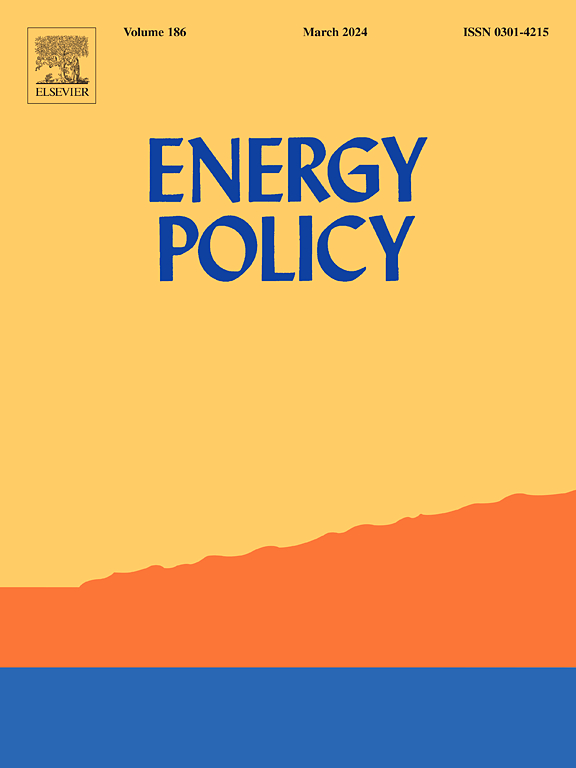Multi-objective optimization for customized solar business models considering technical-economic-environmental performance: A NSGA-II integrated TOPSIS method
IF 9.2
2区 经济学
Q1 ECONOMICS
引用次数: 0
Abstract
To address the urgent need for a transformative shift to the post-feed-in tariff (FiT) era, this study focuses on the development of customized solar business models in Hong Kong, which intends to integrate existing policies (i.e., FiT and renewable energy certificates (REC)) with alternative mechanisms (i.e., net metering (NM) and power purchase agreements (PPA)), and simulate stakeholder interactions considering property owners, utility companies, and third-party developers. This study employs a multi-objective optimization approach using a Non-dominated Sorting Algorithm II (NSGA-II) integrated with the Technique for Order Preference by Similarity to Ideal Solution (TOPSIS) method to maximize net present value (NPV), while minimizing electricity bills and carbon emissions. Key findings indicate that under the NM-FiT model, higher NPV leads to reduction in electricity bills and carbon emissions, while the PPA-FiT and PPA-REC models show a trade-off relationship between NPV and the other two optimization objectives. Furthermore, NPV changes significantly with fluctuations in the PPA rate and PPA proportion under the PPA-FiT and PPA-REC models, and is sensitive to changes in installed capacity under the NM-FiT model. These findings will enhance decision-making strategies and promoting sustainable energy goals in Hong Kong, which ultimately contributes to a more resilient and adaptive energy framework.
考虑技术-经济-环境性能的定制太阳能商业模式的多目标优化:NSGA-II集成TOPSIS方法
为了解决向后上网电价(FiT)时代转型的迫切需要,本研究重点关注香港定制太阳能商业模式的发展,该模式旨在将现有政策(如FiT和可再生能源证书(REC))与替代机制(如净计量(NM)和购电协议(PPA))相结合,并模拟考虑业主,公用事业公司和第三方开发商的利益相关者互动。本研究采用非支配排序算法II (NSGA-II)与TOPSIS (Order Preference Technique by Similarity to Ideal Solution)方法相结合的多目标优化方法,以最大化净现值(NPV),同时最小化电费和碳排放。主要研究结果表明,在NM-FiT模型下,NPV越高,电费和碳排放越少,而PPA-FiT和PPA-REC模型在NPV与其他两个优化目标之间表现出权衡关系。此外,PPA- fit和PPA- rec模型下的净现值随PPA率和PPA比例的波动而显著变化,而NM-FiT模型下的净现值对装机容量的变化较为敏感。这些研究结果将有助提升香港的决策策略和推动可持续能源目标,最终有助建立更具弹性和适应性的能源架构。
本文章由计算机程序翻译,如有差异,请以英文原文为准。
求助全文
约1分钟内获得全文
求助全文
来源期刊

Energy Policy
管理科学-环境科学
CiteScore
17.30
自引率
5.60%
发文量
540
审稿时长
7.9 months
期刊介绍:
Energy policy is the manner in which a given entity (often governmental) has decided to address issues of energy development including energy conversion, distribution and use as well as reduction of greenhouse gas emissions in order to contribute to climate change mitigation. The attributes of energy policy may include legislation, international treaties, incentives to investment, guidelines for energy conservation, taxation and other public policy techniques.
Energy policy is closely related to climate change policy because totalled worldwide the energy sector emits more greenhouse gas than other sectors.
 求助内容:
求助内容: 应助结果提醒方式:
应助结果提醒方式:


